FTC disclosure tour-de-force here. The following article was last updated on Dec 5, 2025 ...
One Rule to Tool Them All
It's a question that goes way back to the first primitive stone wheeled motorcycle: what motorcycle tool set should I carry to give myself a decent shot at getting back to the cave?
Somewhere between "sunny, innocent optimism" and "Snap-On truck" is the right answer, and it's different for every rider and every bike.
Here's how to decide what deserves a spot under your seat, in your tool roll, or in your triple-decker shop trailer.
The "Phone and Credit Card" Strategy
But first, let's talk about the "no tools" people.
Quite a few riders proudly proclaim "I carry a cell phone and a credit card, and that's it!" They might add a moto towing plan membership to the mix. (Careful: many car towing plans do not cover motorcycles. Check the fine print.)
The truth is, well-maintained modern motorcycles are as reliable as any car. And there's an undeniable appeal to traveling light and fast. Plus, you don't actually have to know what a 10mm wrench is in order to ride a motorcycle. And besides, isn't there a manufacturer tool kit stashed somewhere?
Still ... one immutable rule of the universe is that Stuff Happens, and the best roads are always found out where cell phone signals fear to tread. Most riders really ought to think beyond the "holler and hope" plan.
Motorcycle Tool Set Problems and Solutions
Tools are solutions to various problems, so you have to think about the problems first in order to think about priorities. You can't take it all with you, so you need a framework for making decisions.
- How likely is it that a certain problem will happen?
- How serious can it be? Show-stopper or slight inconvenience?
Then You Must Look Inward, Grasshopper:
- Do I have (or can I borrow) the skills to use these tools?
- How much do these issues bother or frighten me?
And look at your motorcycle(s):
- What specific problems are more or less likely for each bike?
- Should I carry the same kit on each bike, or make up separate kits?
- Might it be worth carrying solutions for other people's bikes?
Consider the limitations of physics:
- How much room do I have for tools?
- Assuming I have the room, how much weight can I devote to tools?
- How and where should I carry my tools?
Convenience and cash:
- Do I want to carry tools that aren't essential, but just make life a little nicer?
- Can I combine functions, or modify or streamline tools, and still end up with a usable result?
- How much can I spend?
Sure, there's a lot to consider, but it isn't necessarily as complicated as it sounds. Let's start with a few priorities and examples.
Get Ready for flats
The most common motorcycle show-stopper is simple: a tire puncture. It's a mean old world out there full of sharp stuff, and a flat tire can happen to any motorcycle and any tire, anywhere. It happens to all of us eventually.
And of course a flat officially ends the party until you fix it. You can't exactly throw on the spare and limp to the nearest Wally World. If you're riding a motorcycle, you simply have to be a lot more self-sufficient.
So the bare minimum in our motorcycle tool set includes a means of both puncture repair and putting air back into a tire.
"Sticky string" plug kits for tubeless tires are simple and darn near foolproof. Personally, I use and highly recommend Nealey tire repair kits. They don't need glue, and they're installed such that you end up with a knot inside the tire so the plug can't come out.
Note of warning: some fancy-schmancy puncture repairs aren't actually very effective on motorcycle tires. Stick to the tried-and-true sticky strings.
Obviously, if your bike uses tubes, you're going to need more stuff (tubes, patch kit, tire irons, etc.), and the skills to use them.
As far as putting air back into the tire, I'll cut to the chase: an electric pump is the clear winner. CO2 cartridges just aren't practical for motorcycle tires. It takes a LOT of cartridges to get the rear tire on a sport-touring motorcycle up to a rideable pressure. There are several good compact pumps that run off the motorcycle's battery, and there are now some excellent self-contained pumps with rechargeable batteries.
Ponder Other Common Sport-Touring Breakdowns
Broken clutch cables are another always-unexpected and not uncommon failure point. A small pair of locking pliers and a few basic tools can allow you to improvise a way to operate the clutch.
It's also quite common to need minor adjustments for optimum control and comfort during long days in the saddle. For example, you might need to adjust the angle of your levers or bars, or adjust a cable.
Electrical oddities also pick the most inconvenient times to rear their heads. Make sure you have a few fuses (of the style that fits your bike), a few test leads, and a compact voltmeter in your motorcycle tool set.
Schmutz in the fork seals is another common, but easily remedied issue - a Seal Mate is a thin, strong wisp of plastic you can use to clean trapped gunk out of weeping fork seals, and can save the day fairly often.
And let's not forget information. Shop manuals are bulky and heavy, but perhaps you can store a PDF of the manual and wiring diagram on your phone, the URL of your bike's online forum, or at least a few emails and phone numbers for knowledgeable folks if you need to use "phone-a-friend".
Plan for The Type of Riding and The Type of Bike
If dual-sport riding is on the menu, falling off is part of the game, so you'll need tools sufficient to deal with tweaked forks and bent or broken controls.
Or, if a bike has a known weak spot, have a plan. Electrical woes are common on older bikes, and some newer bikes (lookin' at YOU, Suzuki), and some folks even carry a spare stator on long trips.
If your bike has a chain, plan to clean and lube the chain once in a while, especially if you've been riding in rain or heavy dust. Some brands of chain elixirs have smaller "road" containers so you don't have to tote a whole spray can.
Heading out on a longer trip? Consider carrying more solutions for more problems than you would for a weekend jaunt around the block.
Store Some Stuff on The Shelf
Quite a few tools and materials can be conveniently stored somewhere other than your bike. Like your nearest Walmart or auto parts store. Oil, chain lube, spark plugs, even spare underwear and sweatshirts, are widely available in most of the civilized world.
If you have a good parts stash and a reliable person back home, lay out a few essential items where they can easily find them and overnight them to your hotel when needed.
Nice-To-Have Extras
If you sometimes end up deploying tools on OPM (Other People's Motorcycles), consider tucking in a few extras. For example, all my bikes are Japanese brands, but I still tote a 13mm socket and Torx bits for my Eurobike pals.
Some items aren't strictly needed, but are worth carrying to save time or just make the whole al fresco repair experience a little more posh. For example, a ratcheting 10mm wrench saves time on the most common fastener size. A little magnetic retriever takes up hardly any space, but can save hours when you have a "drop, dang, tink tink tink" moment.
It's okay to pamper yourself a little. A pair of nitrile gloves and a few moist towelettes weigh almost nothing, and can help keep your hands kissing-clean (and these should be in your first aid kit anyway). My KLR650's motorcycle tool set has teensy containers of talc and tire mounting lube to speed and ease that onerous task.
And of course, you'll need lighting. Even if you only ride in broad daylight, you'll often need to peer into dark mysterious spaces. A compact headlamp leaves both hands free. And a small second flashlight helps ensure you still have photons when a switch jostles off.
Motorcycle Tool Set Toting Technology (Where to Put 'Em)
Since we're on a sport-touring website here, we're going to go ahead and assume you've got luggage and can spare a few cubic inches for tools. Tools are heavy, so choose a spot as low and far forward as possible, and try to balance the weight side-to-side if they're in your side bags. If the tools are in your trunk, get the weight forward and on the bottom.
You'll also want to peek under the seat. Quite often, you can tuck tools, spare levers, perhaps an axle wrench, etc. into a bit of available space. But make sure you have a way to keep the stuff under the seat from rusting. Water likes to hang around down there after riding in the rain.
And rummage through the bike's stock tool kit. Sometimes the only thing worth toting is the spark plug wrench, and the rest can be tossed. But then again, some Euro bikes actually come with decent tools, so figure out whether you're keeping them, and whether to use that space for other tools.
What to Put 'Em In
The traditional solution for your "core" motorcycle tool set is the venerable tool roll, and it's a great one. Roll it up, tighten the straps, and you've got a compact rattle-free bundle.
Of course, you'll also need some way to keep all that "other" stuff: tire stuff, electrical stuff, lighting, etc. There are lots of options here. Just make sure you find something durable enough to tolerate thousands of miles of bouncing and abuse. A stout multi-compartment toiletry bag is one option.
Since I move my tools between different bikes with different storage spaces, I use a selection of tough zippered tool pouches from the home store. One bag has tire stuff, another has electrical stuff, etc. and so on.
Let's Talk About That Motorcycle Tool Set
Every rider's tool kit is different, and if you look at it in a certain way, each is a fascinating glimpse into the knowledge, hopes, and fears of an individual.
And tool kits change over time. Every time I use my tools, I learn something about what I'd like to do differently, and tinker with my selection and storage. Pretty shiny new tools hit the market on the reg. For example, there's a whole universe of multi-purpose tools and multitools out there to explore, some worthwhile, some not.
What's in your tool brain, and what's in your tool roll? What's NOT in your tool roll, and why? Let's talk tools. Put in your $0.02 in the comments below.

What Tools Do You Rule With?
There are a seemingly infinite number of useful travel tools out there. Which ones do you prefer and why? Your input is invited. Leave a comment and/or write an article!
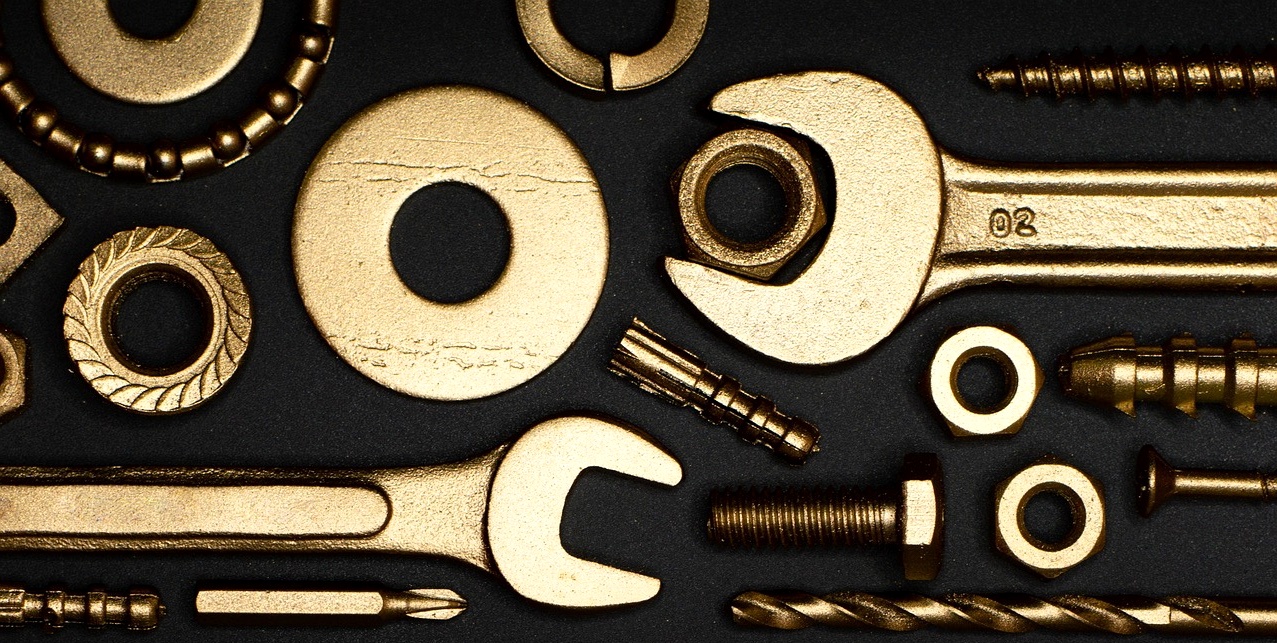
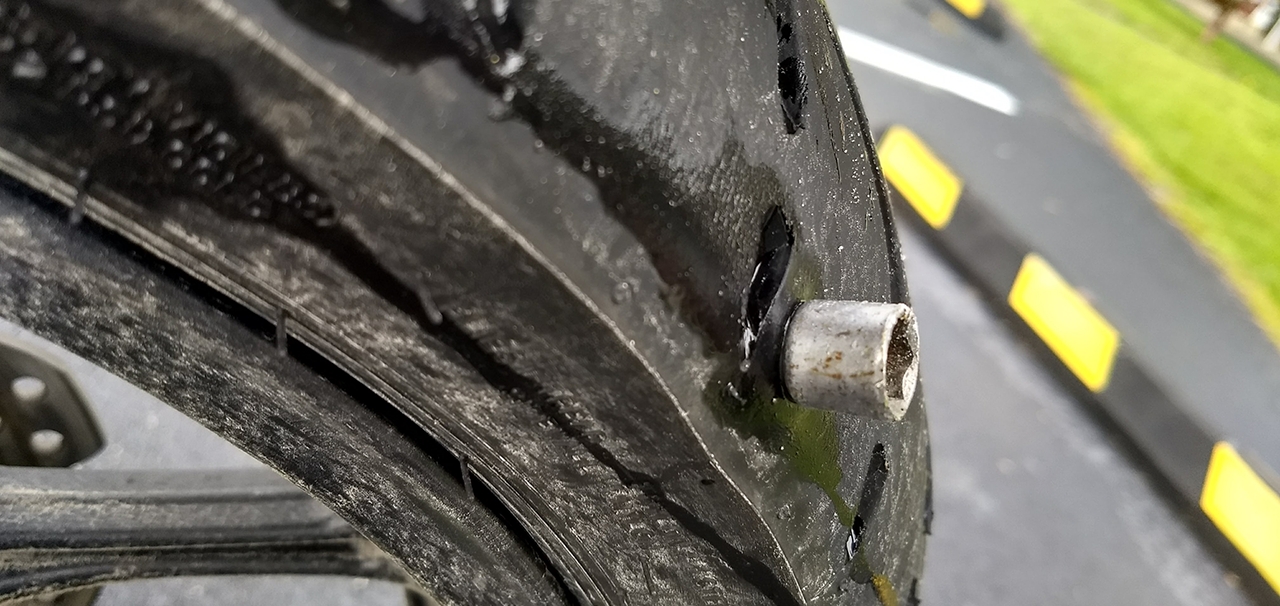
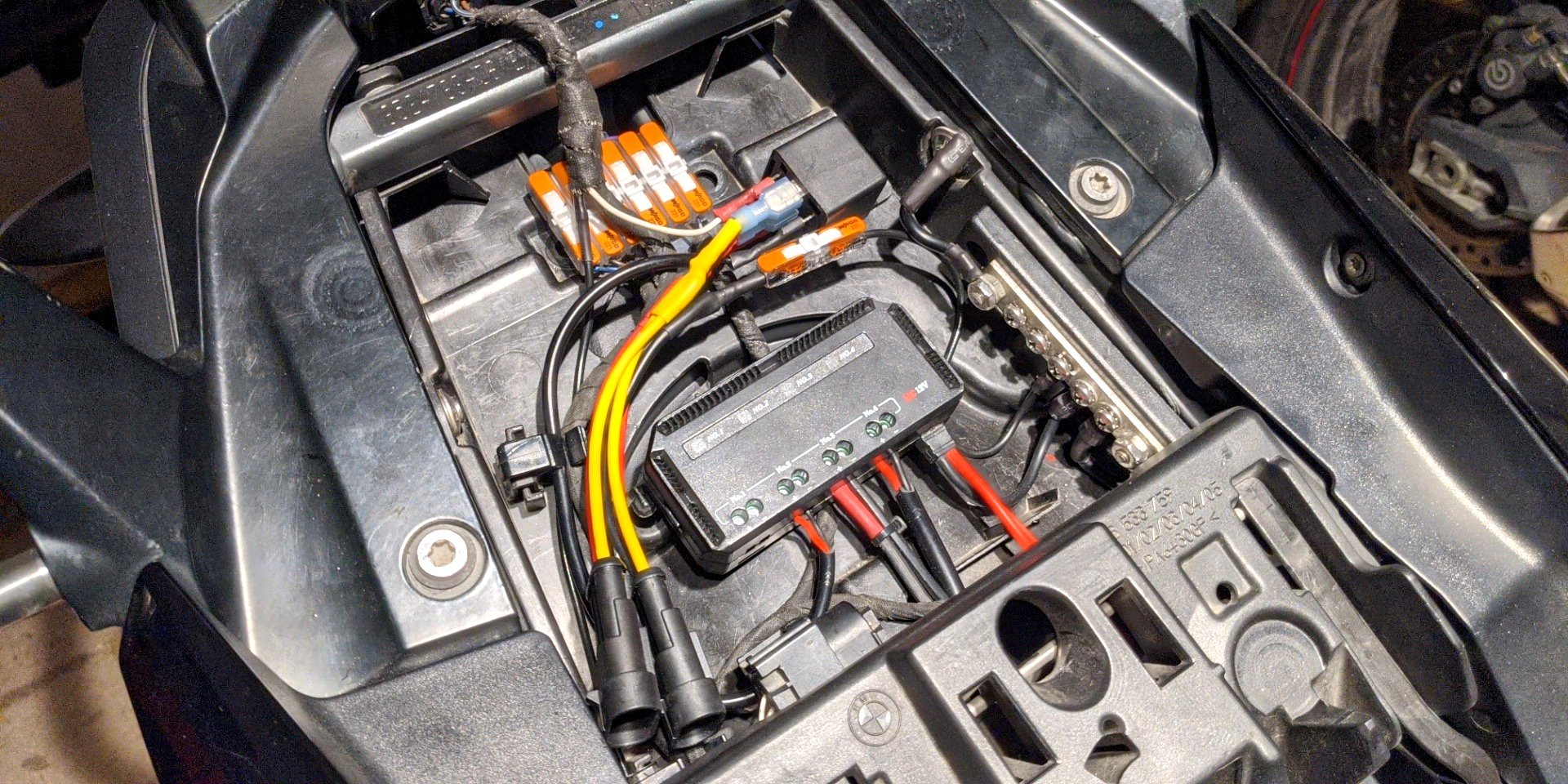
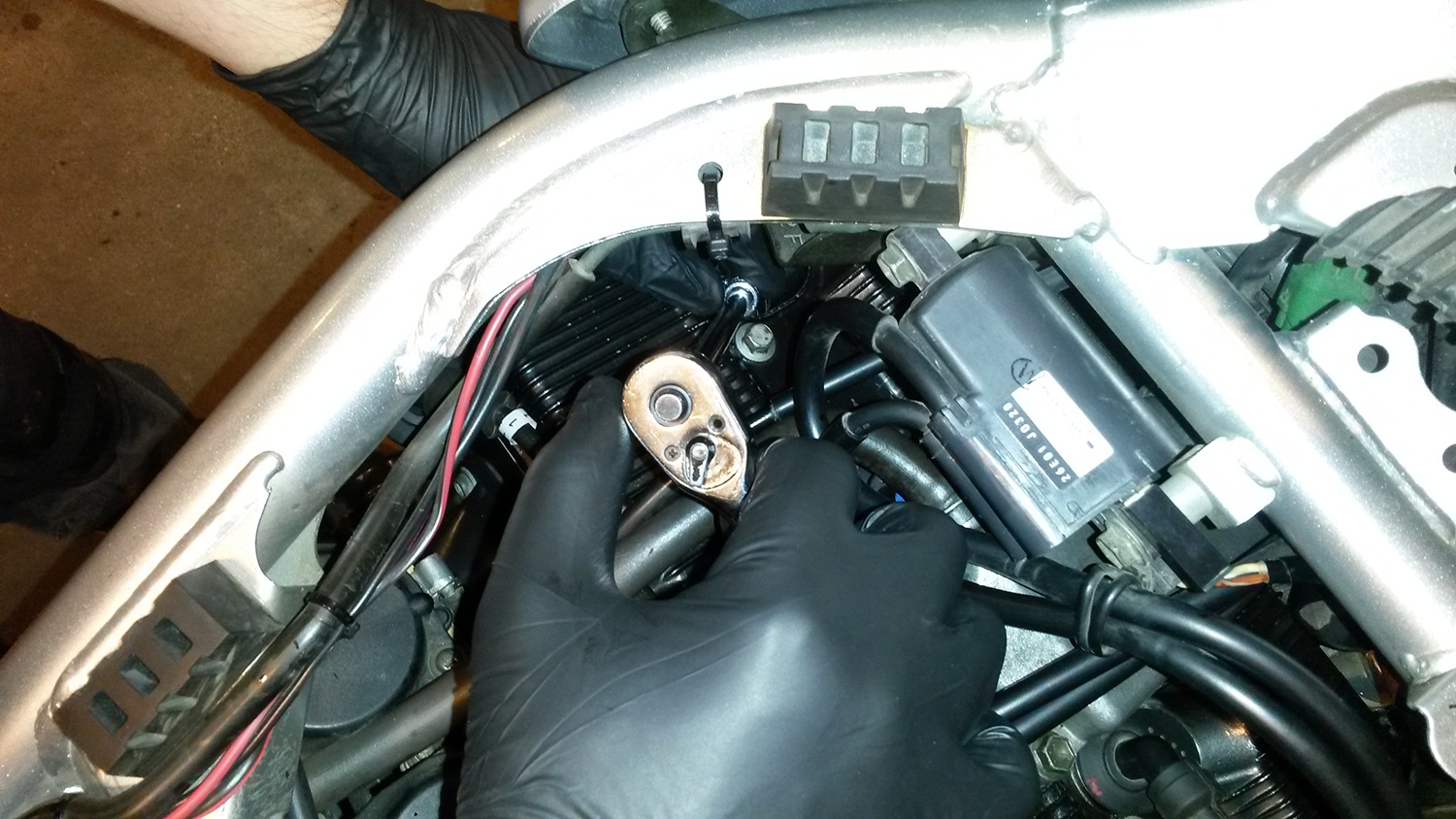
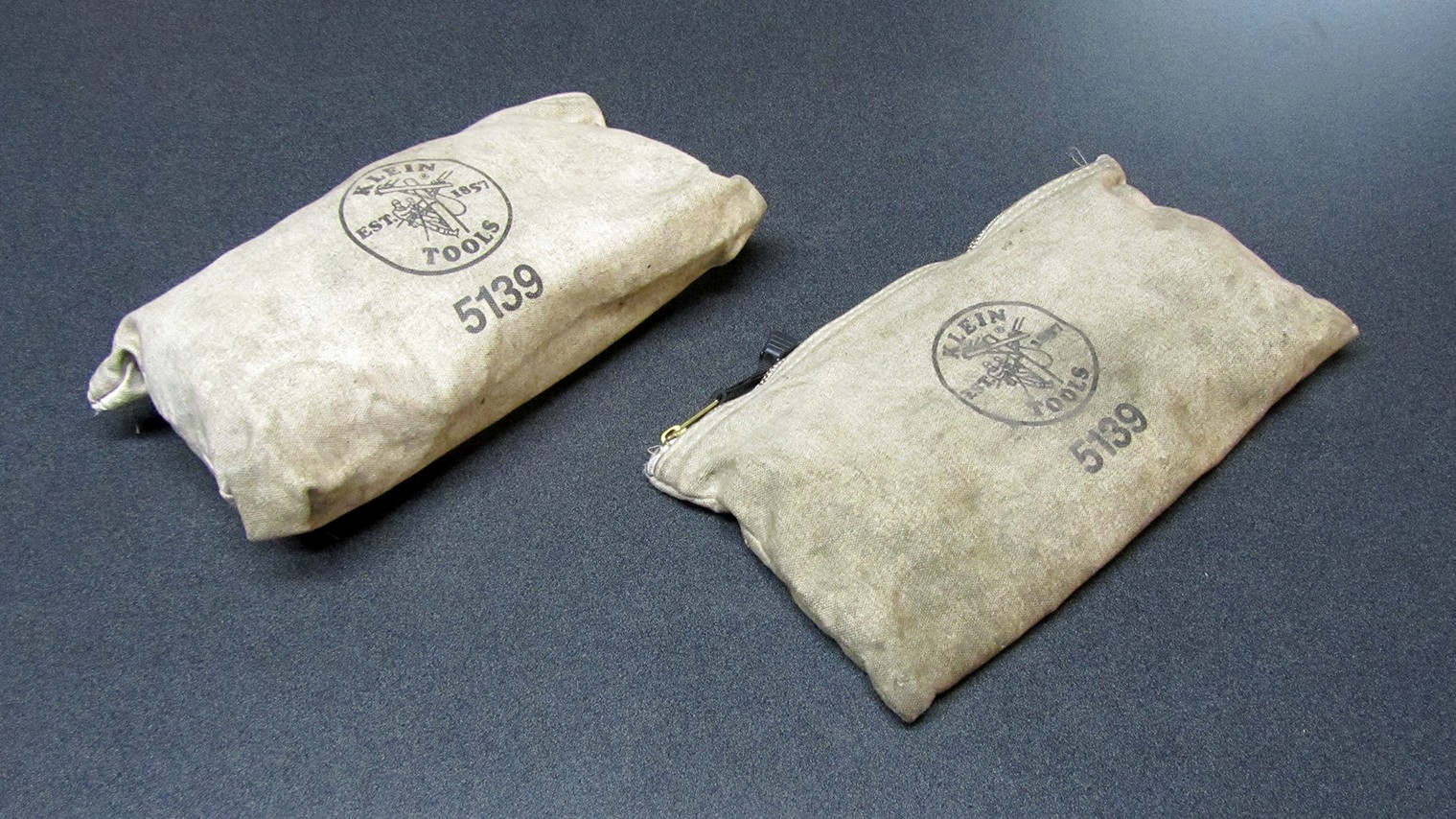



Thoughts gone wild? Write an article!